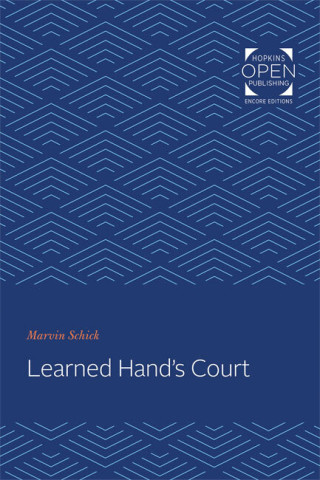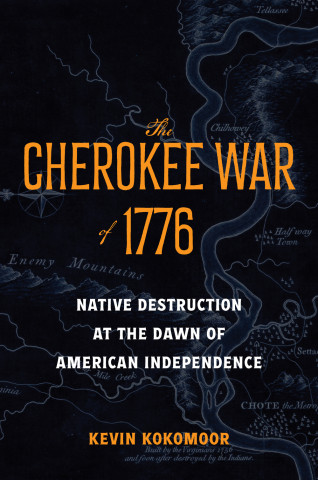Originally published in 1970. This is a study of one of the most highly respected tribunals in the history of the English-speaking world—the United States Court of Appeals for the Second Circuit. Situated in Manhattan, the Second Circuit Court, serving New York, Connecticut, and Vermont, is the most important commercial court in the country. But, like other inferior courts, it has never been studied in depth. Marvin Schick provides a comprehensive analysis. From 1941 to 1951, Learned Hand presided over the Second Circuit as chief judge, and the court bore his stamp. But on its bench sat other...
Originally published in 1970. This is a study of one of the most highly respected tribunals in the history of the English-speaking world—the United States Court of Appeals for the Second Circuit. Situated in Manhattan, the Second Circuit Court, serving New York, Connecticut, and Vermont, is the most important commercial court in the country. But, like other inferior courts, it has never been studied in depth. Marvin Schick provides a comprehensive analysis. From 1941 to 1951, Learned Hand presided over the Second Circuit as chief judge, and the court bore his stamp. But on its bench sat other men of great competence, judges Thomas W. Swan, August N. Hand, and Harrie B. Chase, as well as Charles E. Clark and Jerome N. Frank, whose constant disagreement characterized much of the court's work.
Schick studies the Second Circuit Court from several angles: historical, biographical, behavioral, and case analytical. He tells a history of the court from its origins in 1789. He provides biographical sketches of the six judges who sat during Learned Hand's tenure as chief judge. He analyzes the many decisions handed down by the court, including the precedent setters. He examines the court's decision-making process, especially its unique procedures such as the memorandum system, which requires from the judges "preliminary opinions" in the cases they hear. A novel feature of this book is the correlation of votes of the Second Circuit judges with subsequent decisions of the Supreme Court.
Schick was aided in his study by having access to the private papers of Judge Clark. These thousands of memoranda and letters throw much light on the workings of the Second Circuit Court and reveal the bargaining that went on among the judges in difficult cases. The Clark papers make possible a clearer understanding of the incessant conflict between Clark and Frank and show how this unusual relationship gave vitality to the Second Circuit.






